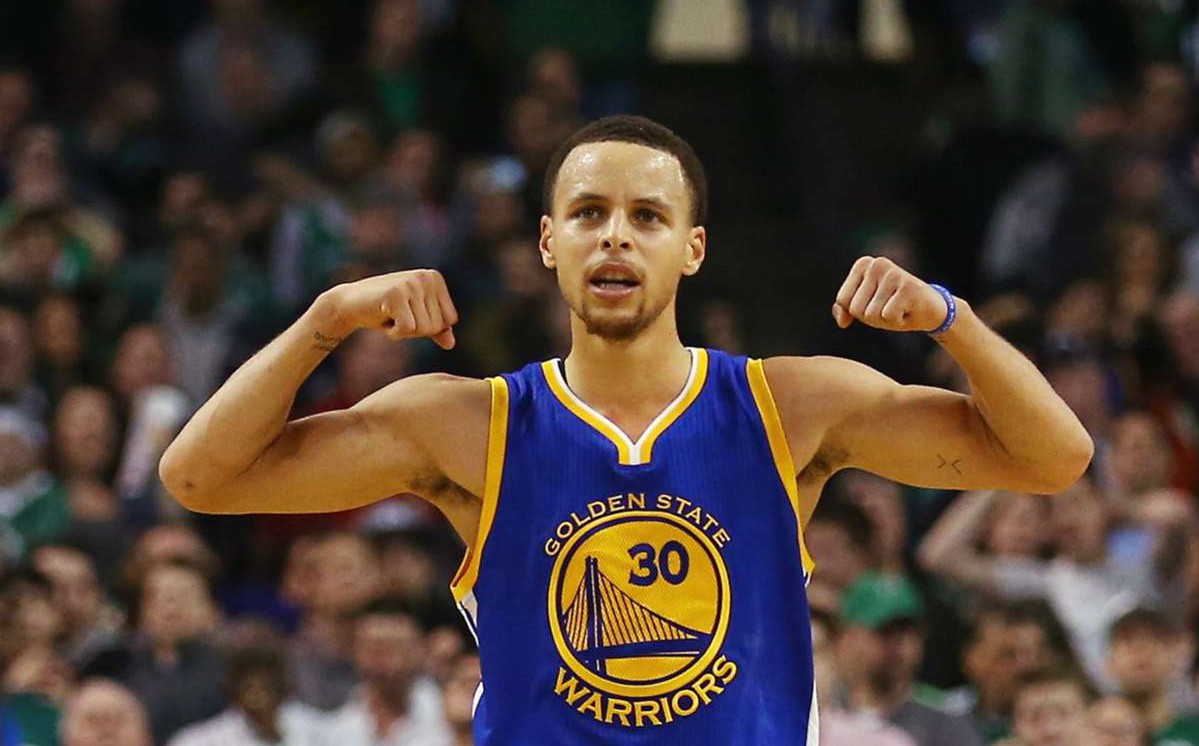Over the weekend, I came across the below chart, which was tweeted out by Seth Partnow. I thought this chart was interesting for several reasons – most importantly, it tries to quantify how efficient teams are when running an uptempo offense (a shot attempt within the first seven seconds). On the vertical axis, you see a team’s effective FG% when a shot attempt comes in the first seven seconds of the shot clock, and horizontally, you see how many total shot attempts fit that criteria for each team.
In the NFL and NBA, there is a temptation to view any pace-up situation as a positive one. We’re aware of certain nuances in the NFL, particularly in the running game. For example, we might use projected pace and score to predict whether a game is going to be a “Blount” game or a Lewis/White/Vereen game for the Patriots – same thing with Hill vs Bernard on the Bengals and there are several other examples around the league.
In the NBA, we can look at individual players that benefit from certain types of games, but even on a broader level, some teams just don’t seem suited for a game being played at a fast pace. Case in point: the Knicks, who are shooting right around 40% on shot attempts coming in the first seven seconds of the shot clock. That is almost hard to fathom.
So I took to Fantasy Labs and built a trend containing teams who shoot under 50% in early shot clock opportunities (Utah, Milwaukee, Boston, Portland, Houston, Los Angeles Lakers, New York) and compared how those teams fared against the other teams. Here are the filters that I used (a paceD above one finds matchups where the opponent plays at a faster speed):
Here are the results, first for all teams and then for the teams I listed. As you can see, there is over a point’s difference per player per game:
Next, I wanted to look at the teams at the top of the chart – the ones who are most efficient early in the shot clock. I had to do this a little bit differently. Some of these teams are the fastest-paced teams in the league. One of these teams could be playing in a pace down game that is still played at a relatively fast pace compared to the NBA average. So instead, I looked at games where the combined Vegas total is 205 points or more. The Grizzlies have been in a hilariously low number of these situations over the past two years, but still, three of the top four teams are those hovering around the 65% eFG mark on the chart:
Looking at the x-axis of the chart, the teams to the far right are probably going to try and push the pace no matter what and those to the far left shoot a very low percentage of their shot attempts early in the 24-second clock. Those in the middle are likely to be more dependent on their opponent on a given night. We can use NBA Wowy to do some cool stuff with this.
For a perfect example, let’s call up the Denver Nuggets. They are right smack in the middle of the chart and also have a very murky frontcourt rotation. You can see the average pace that the Nuggets have played at with each player on the court under the “P” column. As you can see, Denver speeds up with Hickson/Faried on the floor and slows down with Arthur/Jokic. Lauvergne is right in the middle.
This tool is also useful to compare a team’s pace with players on or off the court. For example, did you know that the 76ers gain over four possessions per 48 minutes when Jahlil Okafor is off the court? That is pretty significant.
In NFL DFS, there are teams that are just not going to really benefit from a pace-up matchup. Some teams are built around defense and running the football (think Foster’s Texans, Charles’ Chiefs, AP’s Vikings) and when they have to step on the gas offensively, it just doesn’t go very well. Some NBA teams are like that too – as are some players. With NBA DFS, we have larger sample sizes to work with and a host of tools that we can use to predict what will happen in these types of matchups.










